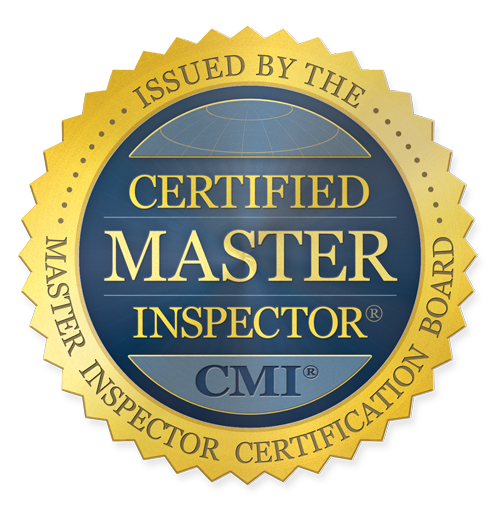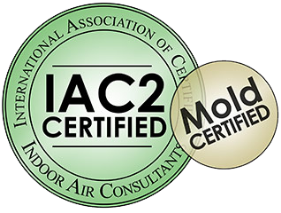Up until the last 20 years or so, rafters were the standard roofing support mechanism, connecting the roof to the exterior walls and supporting the roof’s weight. Then, prefabricated roof trusses entered the scene, giving builders and homeowners more material choices.
While both are still used in residential home instruction, most building inspectors recommend trusses when there’s a choice. Similarly, if you’re replacing a roof, now may be a good time to replace older rafters with trusses to optimize a wind and weather-resistant roofing system.
Trusses vs. Rafters
Here are three main differences between rafters and trusses. Both are designed to provide roof structure and stability. Trusses and rafters form the foundation for the roof deck, waterproofing elements, and the shingles or roof finishing option of choice.
In addition to supporting roofing materials, trusses and rafters provide structural protection for the building. Their design should support water drainage and runoff, and their structural strength is your home’s first line of defense if a large branch, tree, or power/phone line was to fall on it.
Materials & Size Potential
While both trusses and rafters are made from wood, the sizes vary. Trusses are standardized and prefabricated (more on that below), consistently built using 2 x 4s. On the other hand, Rafters are made using any number of board sizes, ranging from standard 2x4s to wider dimensional boards like 2x8s, and 2x10s, depending on the building’s design and the preferences of the carpenter building the rafter system.
While rafters allow more room within a design (think vaulted ceilings), they are better suited for smaller structures due to their limited ability to support heavy loads over extended spans. Trusses use a webbing approach that provides support over wider or longer spans. When you consider that contemporary homes are about 74% larger than their 1900s contemporaries, it makes sense that most builders opt to use trusses over rafters.
Production consistency
If you’re asking a home inspector odds are they’ll be the first to admit trusses are their preferred option. Production consistency is one of the reasons for this.
Trusses are prefabricated in controlled factory environments that include in-house quality control inspections. The result is a highly reliable product that rarely, if ever, is red-flagged during a building inspection. Each truss is made specifically to meet the needs of a single project, made to fit the plan’s exact specifications, so there are no miscalculations, low last-minute measurements, or design errors. They arrive already double-checked by both the factory’s inspectors and third-party inspection professionals, ready to be installed.
Rafters are different. Also referred to as “stick framing,” rafters are designed and built on-site by qualified carpenters. Each rafter section is constructed individually, exposed to the site’s elements. As a result, rafter quality and assembly can vary from section to section, depending on the site’s circumstances at any one time. And as you can imagine, the quality of design and construction is limited by the carpenter’s expertise and skill-set. Unfortunately, skilled craftsmanship is harder to find these days, another reason why most builders have transitioned to trusses.
Time & Expense
Almost without exception, trusses are far quicker to assemble, and this makes them more affordable. While rafters are built-onsite and can take up to a week to build out (assuming the weather and other factors cooperate), trusses are delivered already built and are typically installed in a single day.
This quicker installation time also means roofers have the ability to install the roofing heating, protecting the interior of the home from the elements. The combination of faster assembly and installation means trusses are almost always the more affordable option.
Schedule a Roof Inspection with Super Inspection Pros
Are you ready to schedule a roof inspection? Contact Super Inspection Pros to find the best “home inspector near me.” We’ll let you know the status of your rafter or truss roofing system and provide a detailed report covering any updates or changes necessary to optimize your roof’s function, efficiency, or safety.

